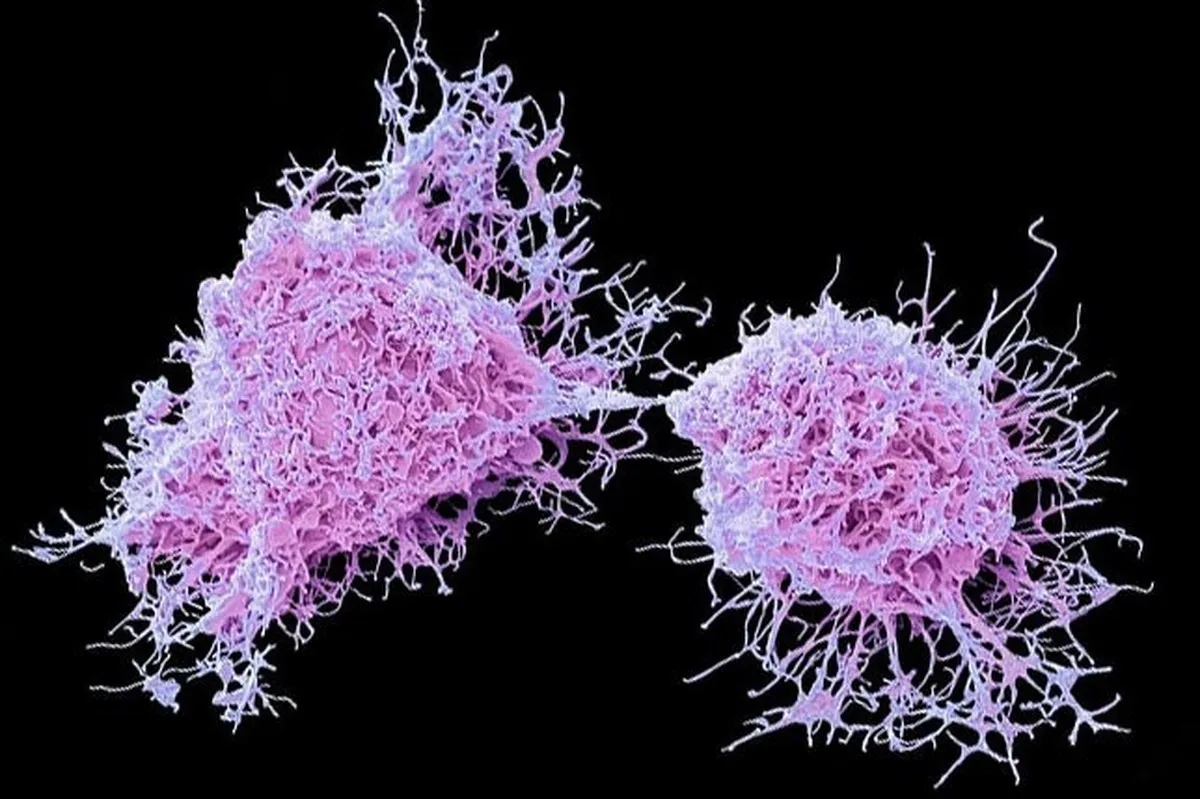Iran-Made Hydrogel Based on Mesenchymal Cells Replaces Lost Bones

The project titled ‘bone differentiation of mesenchymal stem cells in a hydrogel scaffold with the ability to release oxygen and magnesium ions’ has reached the implementation stage by Mina Maleki and with the guidance of Reza Karimi Soflo and Akbar Karkhaneh at Amirkabir University of Technology.
“In this study, we used natural and inexpensive materials available locally in Iran, i.e. silk cocoons and natural alginate biopolymer, to make a hydrogel that turns into a gel and can fill the empty cavity completely when placed at a temperature of 37 degrees Celsius, i.e. body temperature,” Maleki said.
“This hydrogel is actually a safe environment for stem cells because these cells are extracted from fat tissues and placed inside the hydrogel,” she added.
Noting that the hydrogel provides oxygen to the stem cells until the vessels are formed, Maleki said, “On the other hand, the magnesium ion that is released in a controlled manner causes the differentiation of bone cells. For this purpose, we made magnesium peroxide nanoparticles in a way that they can be converted into oxygen and magnesium in a controlled manner in the complex conditions of the body.”
“A completely new method was used to make carriers that keep these nanoparticles inside the hydrogels. This method is simple and the materials used in the carrier are also completely compatible with the body and cells, and after the release period of the materials, they are completely destroyed and the materials do not leave poison behind,” she underlined.
In a relevant development in September, academic researchers in Iran had also produced a multi-layered hydrogel to repair damaged cartilage by using ketira as a biodegradable polymer.
Maryam Dehqan Nayyeri, one of the researchers of the plan, explained that the title of this project is ‘preparation of a multi-structure scaffold based on ketira for cartilage-bone tissue engineering’, and said, "Cartilage tissue is a type of connective tissue that has been developed to bear weight and resist pressure, and has flexibility properties to some extent."
“In cartilage, the extracellular network is the most abundant component, but sudden strong blows to the joint surface or continuous pressures cause destruction in the cartilage,” she added.
“For this reason, in this research, we made efforts to evaluate the possibility of preparing a multi-structural hydrogel system from ketira by irradiation method,” Dehqan Nayyeri said.
Noting that in recent years, due to the very desirable properties of hydrogels prepared based on polysaccharides and natural polymers, including non-toxicity, biodegradability, and proper biocompatibility, they have widely been used in cartilage tissue engineering, she said, “On the other hand, synthetic polymers have been used to develop the mechanical properties of these hydrogels. The polymer used in this research was ketira, which due to the structure of the cartilage tissue and its low repair capacity, the use of cartilage tissue engineering is necessary and important.”
4155/v





















